Developed in 1969 with advanced magnetic levitation technology, the Transrapid train system could not succeed in Germany for many reasons, of which the accident that killed 23 people was the last straw.
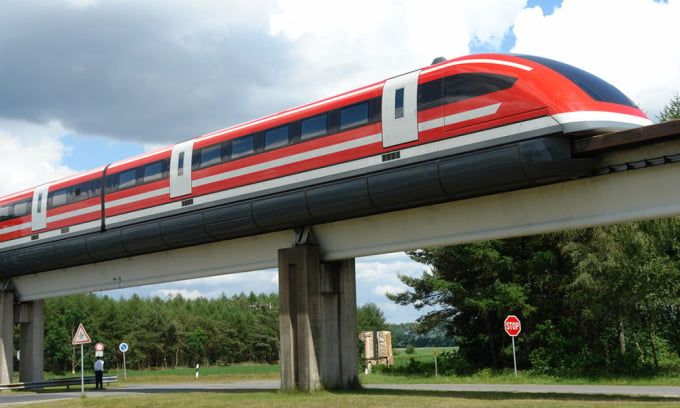
The Transrapid 09 maglev train at the Emsland test facility in Lower Saxony, Germany. Photo: Wikimedia
Transrapid is a German high-speed monorail system that uses maglev technology to levitate and move forward. The name Transrapid is derived from the combination of the words transport and rapid, emphasizing the fast and efficient transportation that the system aims for.
Using powerful electromagnets, Transrapid's magnetic levitation technology allows the train to hover above the track, reducing friction and traveling at very high speeds, reaching over 500 km/h in some cases.
The Rise and Fall of Transrapid
The first prototypes for the Transrapid system began to be developed in 1969. By 1987, a test facility was established in Emsland, Germany. In 1988, plans were made to build a magnetic levitation rail network in Germany, starting with the Hamburg-Hanover line. In 1991, the Deutsche Bundesbahn, in cooperation with several renowned universities, declared the system technically ready.
In 2002, the system first entered commercial operation with the Shanghai Maglev Train, running on Shanghai's rapid transit network for about 30.5 km to Shanghai Pudong International Airport.
However, no long-distance intercity routes used the Transrapid system at that time. Transrapid International, a joint venture between Siemens and ThyssenKrupp, was responsible for developing and marketing the system.
In Germany, the Emsland test track (the first version of Transrapid) was closed in 2011 when its operating permit expired. Demolition and repurposing of the entire Emsland site, including the factory, was approved in early 2012. In September 2017, some proposals were made to use the final version of Transrapid, Transrapid 09, as a conference and museum space at the Fleischwarenfabrik Kemper site.
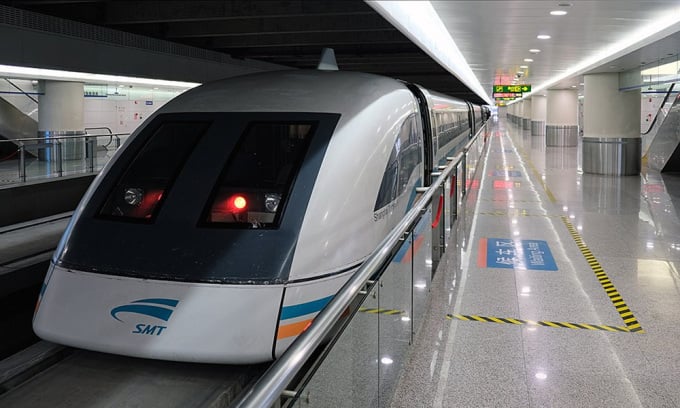
Transrapid SMT train in Shanghai. Photo: Kallerna/Wikimedia
How Transrapid Works
The Transrapid system achieves levitation by using powerful electromagnets on both the train and the track. As an electric current passes through the magnets, it creates a magnetic field that lifts the train above the track, maintaining a distance of approximately 10 mm.
To move forward, the Transrapid uses a linear motor, an electric motor that creates linear motion instead of the rotary motion of traditional electric motors. The stator (the stationary part) of a linear motor is mounted along the track, while the rotor (the moving part) is attached to the train. When current is applied to the stator, it creates a moving magnetic field that interacts with magnets on the train, pushing or pulling the train along the track. This allows the train to reach high speeds and accelerate and decelerate smoothly.
Transrapid also uses a sophisticated control system to ensure safety and efficiency. Sensors monitor the train’s position, speed, and other parameters in real time, adjusting the power supply to the electromagnets and linear motors as needed. This keeps the train at a constant distance from the track, controlling acceleration, deceleration, and cruising speed, ensuring a smooth ride.
Why did Transrapid fail?
Transrapid had some success, including exports to China and Australia. But in Germany and Europe, the system never really took off. Despite the obvious advantages of maglev technology, Transrapid faced many challenges that limited its success and eventually led to its demise.
The first barrier is the high cost of developing and building infrastructure, largely due to the special requirements of maglev technology, such as dedicated rails and complex control systems. High costs make it difficult to raise capital for new projects, both domestically and internationally.
Political issues have also been a barrier to Transrapid’s success. In Germany, the project has faced opposition from various interest groups, environmental concerns, and land acquisition issues. Difficulties and delays in decision-making have also hampered the system’s implementation.
Competition from traditional high-speed rail systems such as Germany’s ICE and France’s TGV also affects the adoption of Transrapid. These systems offer comparable speeds and efficiency, while typically costing less to build and maintain. This makes them a more attractive option for investors and governments.
Additionally, residents living near train tracks are concerned about noise and vibration. While maglev technology reduces the noise caused by the wheels contacting the rails, it still creates aerodynamic noise at high speeds.
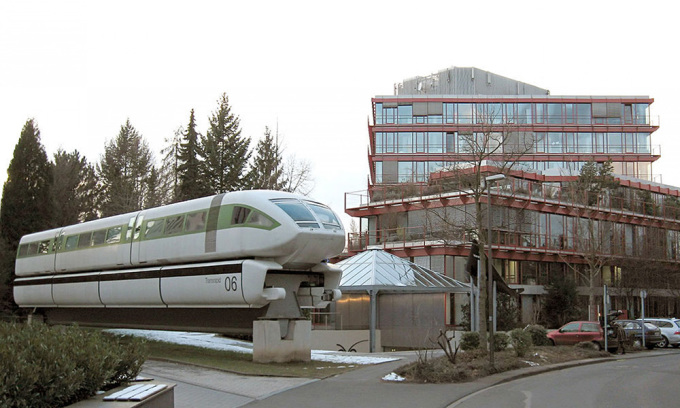
Transrapid 06 train at the Deutsches Museum Bonn. Photo: Rainer Zenz/Wikimedia
Accidents also contributed to the failure of the Transrapid. Normally, two maglev trains cannot collide, since two trains on the same track must travel in the same direction at the same speed. However, on September 22, 2006, a Transrapid train on a test track in Lathen, Germany, crashed into a maintenance vehicle on the track. Emergency braking slowed the train from 450 km/h to 162 km/h. However, there were 34 people on board, and that was still not slow enough.
The collision destroyed the front of the train, threw the maintenance vehicle off the track, rolled twice before coming down. It was the first serious accident involving a Transrapid train, killing 23 people and seriously injuring several others. The accident was caused by human error, as the train was allowed to leave the station before the maintenance vehicle cleared the track.
Another incident occurred on August 11, 2006, when a Transrapid train operating on the Shanghai Maglev Line caught fire. Shanghai firefighters quickly extinguished the fire. Reports suggest that the train's batteries may have been the cause of the fire.
Finally, the 2007–2008 global financial crisis and subsequent economic downturn made it more difficult for Transrapid to raise funds for new projects. During this period, investors and governments became more cautious about investing in costly infrastructure projects, dampening Transrapid’s expansion prospects.
Thu Thao (According to Interesting Engineering )
Source link






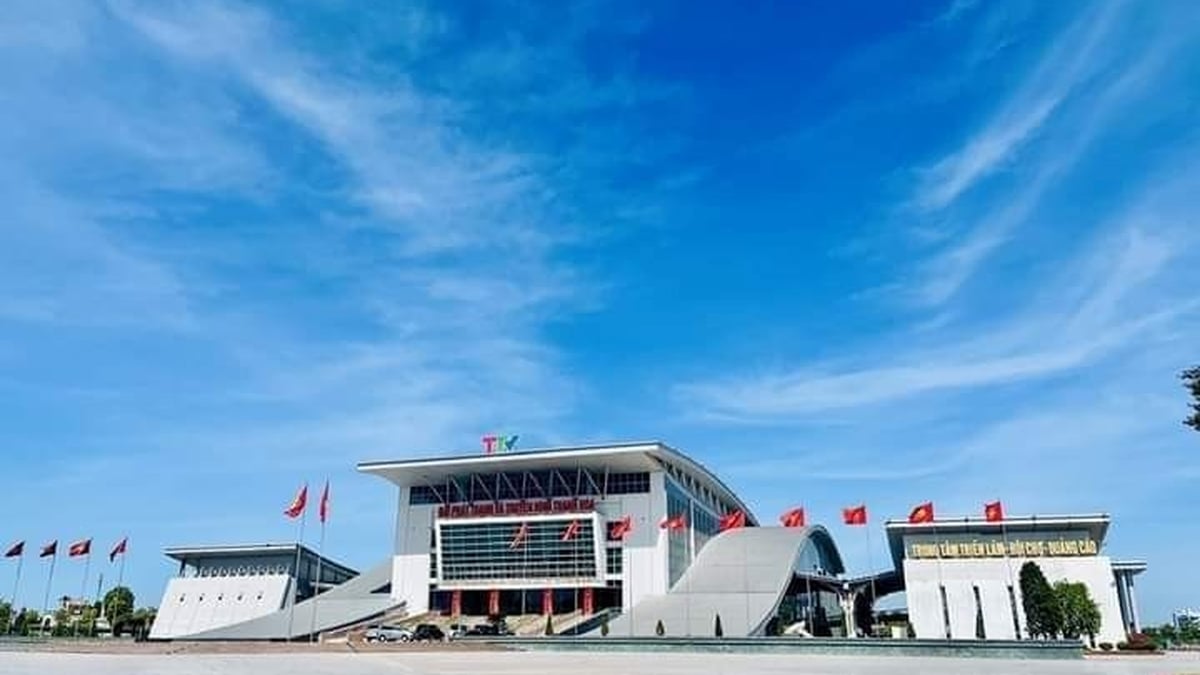
















































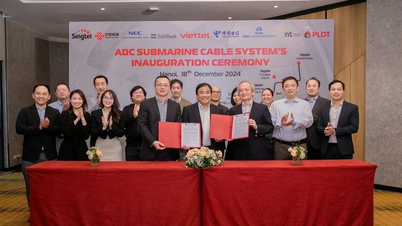













































Comment (0)